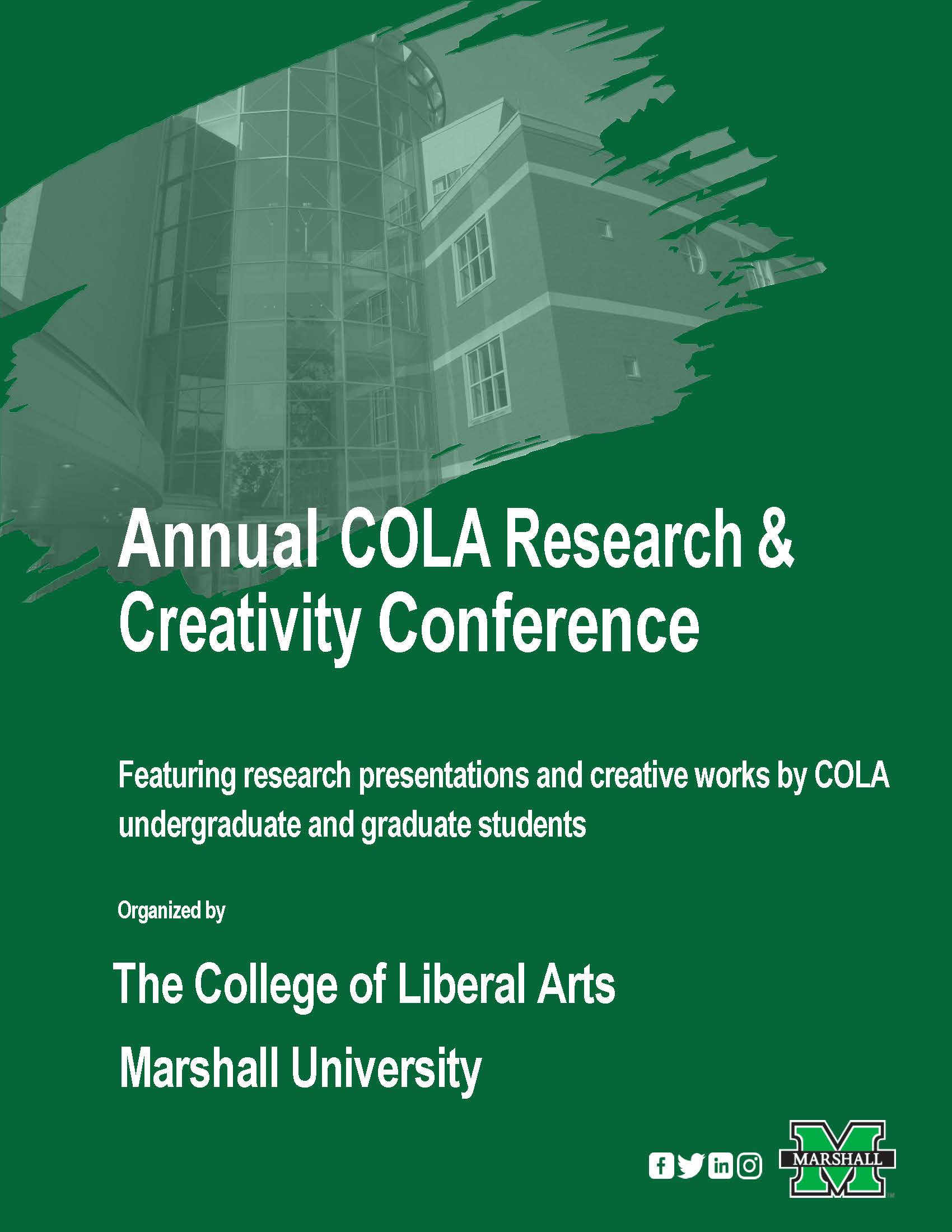Yokai in the Modern Era
Document Type
Panel Presentation
Start Date
22-4-2021 3:30 PM
Keywords
Japan, Yokai, Supernatural, Religion, Culture
Biography
Crystal Brooks is a Double Major in Japanese and Photography. She is deeply interested in mythology and religion.
Major
Double Major: Japanese & Photography
Advisor for this project
Rivas Zelideth
Abstract
In the 1980s, while the US was having a ‘Satanic Panic’, attacking any form of media that featured remotely ‘dark’ imagery such as Dungeons and Dragons, in Japan there was a ‘Yokai Boom’. These ‘ghostly’ or ‘dark’ creatures became increasingly popular in 80s media as more yokai were being invented as translations of fears of urban life; such as Inmenken, (the human-faced dog) and Toire-no-Hanako-san (Hanako of the Toilet). While American-Christian views tend towards being ‘black and white’ due to its monotheistic nature, Japan’s Shinto religion often employs a more nuanced approach to their entities due to its polytheistic nature. By further contrasting their between the two cultures, delving into yokais’ historical significance, their role in the modern world and their international influence we can understand the integral place these creatures have in Japanese culture. This is important because yokai are not just a thing of the past, they are currently being reinvented in the modern era. In understanding this we then can understand Japan more deeply.
Yokai in the Modern Era
In the 1980s, while the US was having a ‘Satanic Panic’, attacking any form of media that featured remotely ‘dark’ imagery such as Dungeons and Dragons, in Japan there was a ‘Yokai Boom’. These ‘ghostly’ or ‘dark’ creatures became increasingly popular in 80s media as more yokai were being invented as translations of fears of urban life; such as Inmenken, (the human-faced dog) and Toire-no-Hanako-san (Hanako of the Toilet). While American-Christian views tend towards being ‘black and white’ due to its monotheistic nature, Japan’s Shinto religion often employs a more nuanced approach to their entities due to its polytheistic nature. By further contrasting their between the two cultures, delving into yokais’ historical significance, their role in the modern world and their international influence we can understand the integral place these creatures have in Japanese culture. This is important because yokai are not just a thing of the past, they are currently being reinvented in the modern era. In understanding this we then can understand Japan more deeply.



